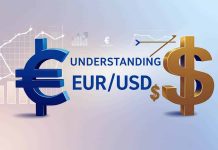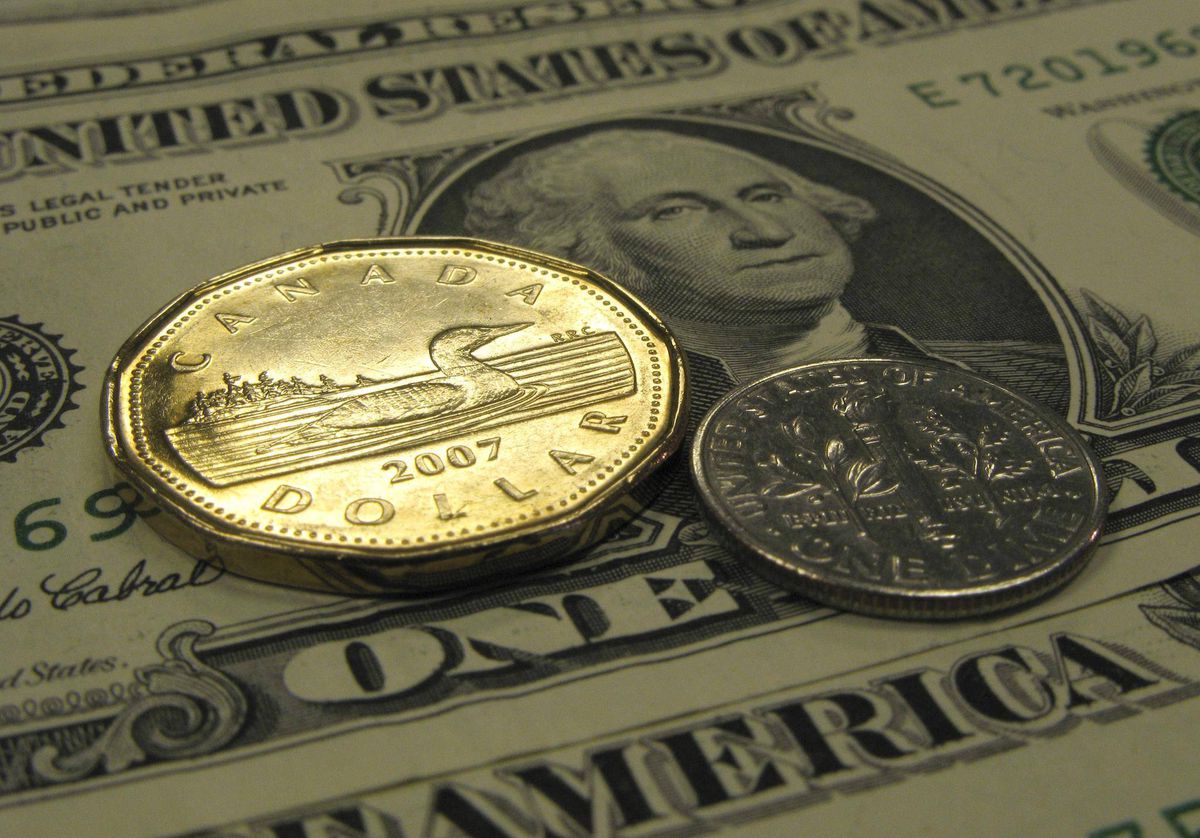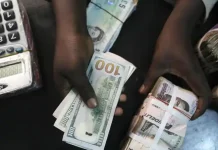The dollar edged higher on Friday, reaching a 10-week high against the yen, as investors searching for higher yields flocked to U.S. Treasuries.
The euro was little changed after data showed underlying inflation in the euro zone remained subdued.
The dollar was supported by data on Thursday showing U.S. gross domestic product had grown an annual 2.6 percent in the fourth quarter, exceeding forecasts for a 2.3 percent gain.
Benchmark 10-year U.S. Treasury yields have risen about 7 basis points this week. The yield surged to 2.731 percent on Thursday, its highest since Feb. 6.
“What’s the dollar rebound on? Is it sentiment or yield? The answer is it’s just about yield,” said Simon Derrick, currencies analyst at BNY Mellon.
The yen was the main casualty of the dollar’s rise, losing as much as half a percent to 111.98 yen, a 10-week low.
The Japanese currency, along with fellow safe-haven currency Swiss franc, had benefited earlier in the week when tensions between India and Pakistan and the collapse of U.S.-North Korea talks rattled markets.
Against a basket of other currencies, the dollar rose 0.1 percent to 96.202.
It was a quiet end to the week elsewhere, despite the improved mood in equity markets. Most major currencies were stuck in tight trading ranges.
The euro recovered earlier losses and rose 0.1 percent to $1.1384, keeping it in the trading range against the dollar where it’s been stuck in for several months.
The U.S. Federal Reserve retreated in January from its plans to tighten policy and other central banks appear to have followed – crushing volatility and leaving major currency pairs treading water.
The central bank policy pivot pointed “to a protracted period of low volatility in currency markets,” Societe Generale strategist Kit Juckes said in a note to clients.
The Australian dollar rose 0.3 percent to $0.7115 as investors’ mood improved. It had dropped on Thursday after disappointing Chinese manufacturing numbers.
The Canadian dollar rose 0.3 percent to C$1.3131. The loonie, as it is known, has strengthened in 2019 on higher crude oil prices and as appetite for risk has rebounded.
Sterling slipped to $1.3224 as investors booked profits after bought up pounds in the belief Britain will avoid a disorderly Brexit and delay its departure from the European Union.













